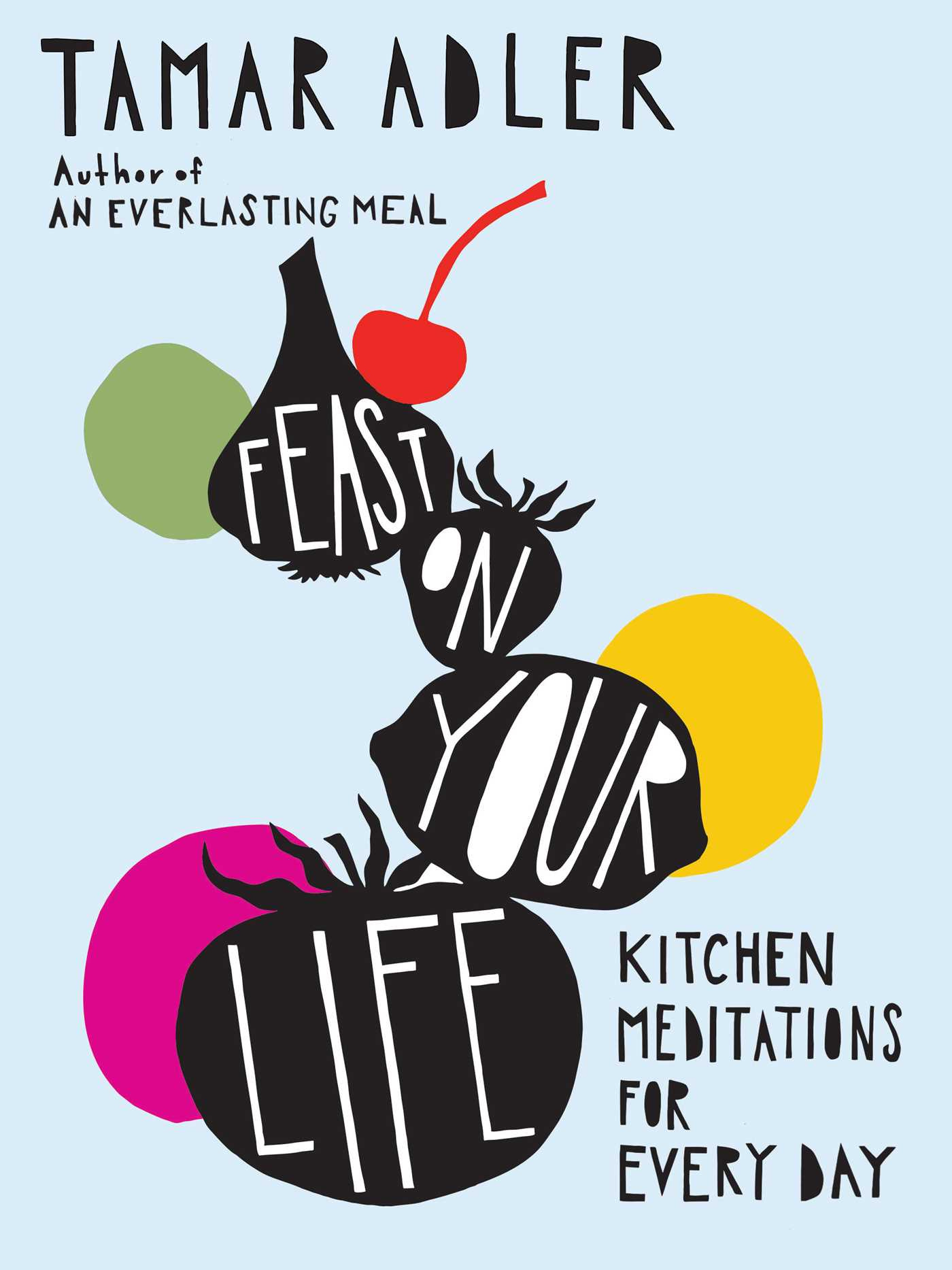The Mystifying Moment of Meating in the Middle
Pre-order Feast on Your Life. Link below!
Dear Tamar:
My son has been showing an interest lately in helping me prep dinner—a miracle! We were making meatballs the other night and I found myself nagging at him to not overwork the mixture. He asked me what that meant and I didn’t have a good answer because I’m not really sure? I vaguely understand why you don’t want to overwork a dough (something to do with gluten, maybe), but I could only reply to him that we’ll know it when we feel it, and also when we eat it. Friend, the meatball mixture was indeed overworked. Or underworked? Can you explain to me like I’m a 6 year old boy and not a 47 year old home cook?
-Meating in the Middle
Dear Meating in the Middle,
It’s illuminating to reflect on the bizarre details that stick in one’s mind after a formative experience. When I read your question, I thought of a morning I spent a decade ago in the kitchens of Blue Hill at Stone Barns, learning to make mortadella from chef Adam Kaye. The bizarre detail? Overalls.
Why did the overalls come to mind, of all things? Maybe because it’s hard to tie an apron over them? Or because they’re a presumptuous choice for meeting a chef you admire, who’s doing you a favor? Whatever the reason, the overalls pin that butterfly morning to the cork board of my memory.
I think of Anne Carson, from Autobiography of Red: “Adjectives seem fairly innocent additions, but look again. These small imported mechanisms are in charge of attaching everything in the world to its place in particularity. They are the latches of being.” Overalls are not adjectives, but they latch that morning to what I know about mortadella—and, by extension, to everything I know about mixed meat, including meatballs.
The process of making mortadella has little in common with meatballs, other than: 1) ground meat 2) the mixing matters. I don’t need to explain 1). 2) is a big deal: Mortadella is an emulsified salami, with the intended result a smooth, bouncy mixture. This is the opposite of other Italian sausages, for which the modus operandi is to do everything as quickly and with as little mixing as possible to avoid emulsification. It is also the opposite of meatballs. Think of the density of mortadella—or of baloney, which is similar. Think of its bounce. This comes from intense mixing, almost whipping.
Emulsification is not the same thing as firmly mixing meat proteins, but it begets similar results. When massaged and warmed (a result of mixing), the proteins in ground meat bind to each other. This is what happens when you massage and warm humans, too. But in the latter case, the result is tenderness and in the former, it’s not. Meatballs become dense and difficult to cut when their proteins bond because they make a sort of wall, which pushes out moisture. (If you think about it, a strong bond does happen to softened, mixed humans. It was never a perfect metaphor.)
This next metaphor is even more imperfect. If you take a damp sponge, then squeeze it, you’ll get at least some sort of visualization of what happens on a molecular level when you mix ground meat. If you re-dampen the sponge, then try to manoeuvre it without losing the moisture, passing it from hand to hand, or even folding it, you’ll get an idea of the sort of care it would take to preserve all of the moisture in meatballs. If you end up picturing a yellow sponge every time you make meatballs, it will be my fault, but it also might help.
By miraculous coincidence, Sue Li published a meatball primer in the New York Times the same week I read your letter. It’s a good tutorial, and worth reading in its entirety. One piece of guidance in particular struck me as containing a detail with staying power.
[Y]ou’ll mix together the seasonings, cheeses and eggs separately from the meat in this recipe. Not only does it help prevent over mixing, it also helps ensure flavors and fats are evenly distributed. When you finally mix in your meat, remember that you want the insides to stay as loose as possible. Gently incorporate the two sets of ingredients as if you were folding egg whites into a batter, working as though it could deflate at any moment. Once it’s all incorporated, a spoon is a great help. Use it to scoop out some Ping Pong-ball size meatballs. It’s just another way of reducing how much you handle the meatball.
The bold italics are mine, highlighting the detail that seemed to me so sticky (to make meatballs that aren’t.) The mental image of folding in ground meat as though one were folding whipped whites into a batter directs my mind immediately to a delicate mixing with a spatula or wooden spoon in a figure-8 shape, with no extraneous movements.
Dear cook, I’ve never been quite sure why I try so adamantly not to overwork my meatballs. I’ve served some meatballs whose middles were not as tender as I’d wished. My best solution to this before doing research in order to respond to you has been to include ricotta. It seems to add so much moisture that even an occasional overmix can’t dry out meatballs containing it. Now, we both are triply-armed, with a bucket of ricotta, the image of a yellow sponge, and the idea of mixing the meat as though the result might deflate. We have met in the middle. (I’m sorry if by some weird mental glitch, instead of seeing the sponge or the spatula, you now forever associate meatballs with me in Carhartts.)
Feast On Your Life is available for pre-order! Bring joy into your kitchen. (Cover by the glorious Anna Brones.)




Ordered! I don't mind picturing meatballs in overalls from now on.
I will happily see yellow sponges, whipped egg whites, and you, looking on in Carhartts, forever as I make Elio’s favorite meatballs.